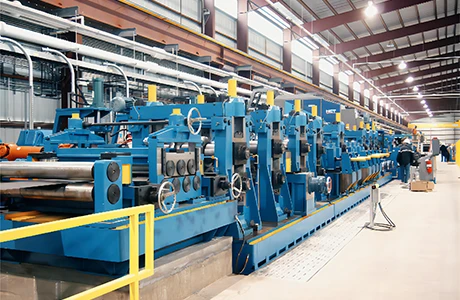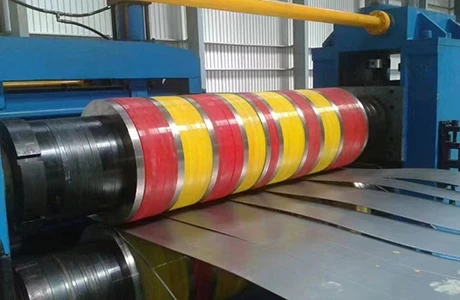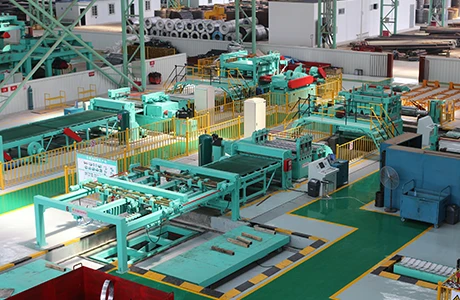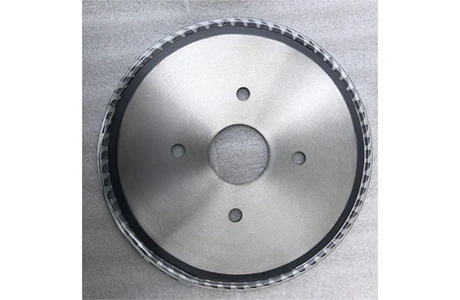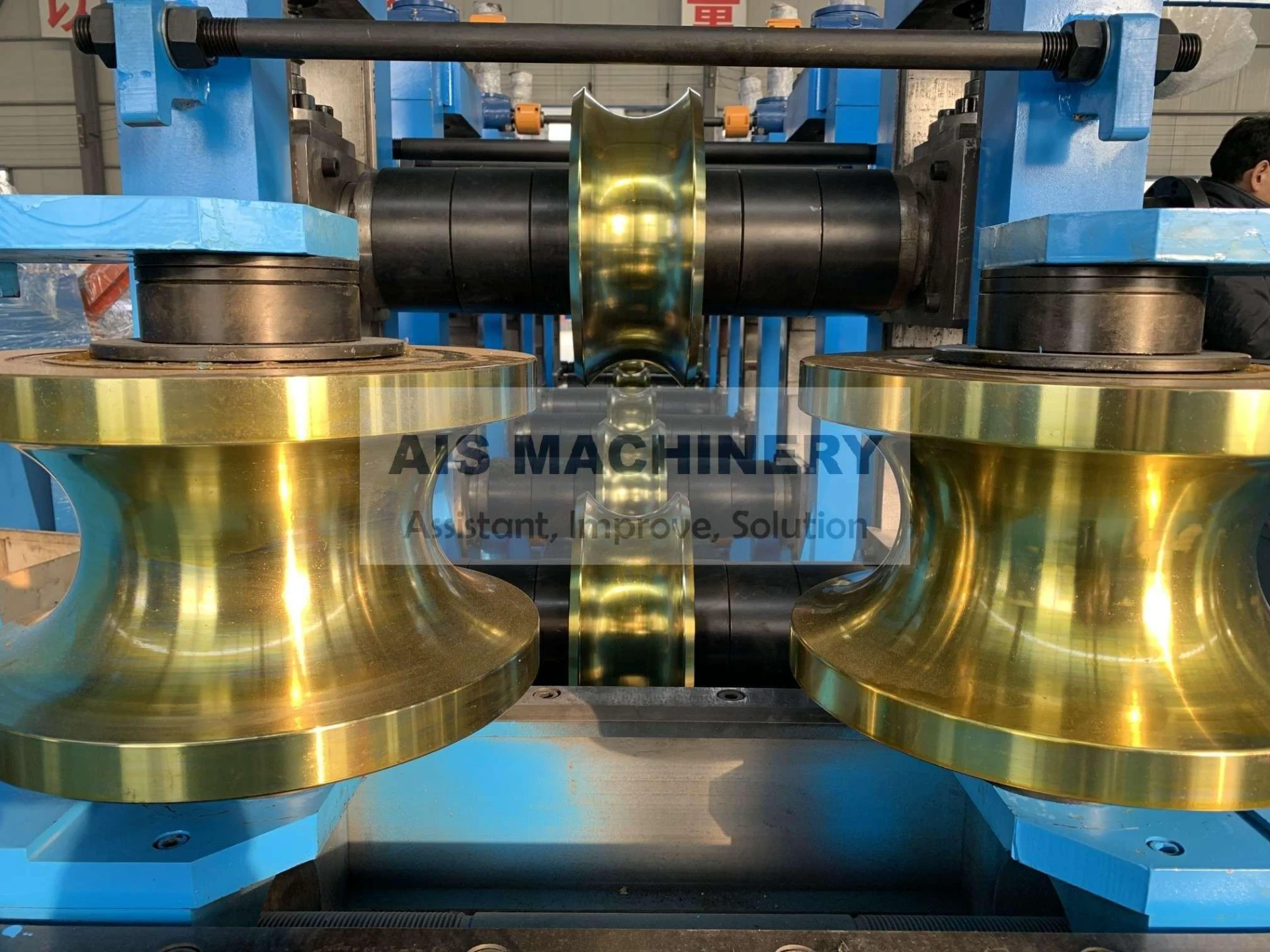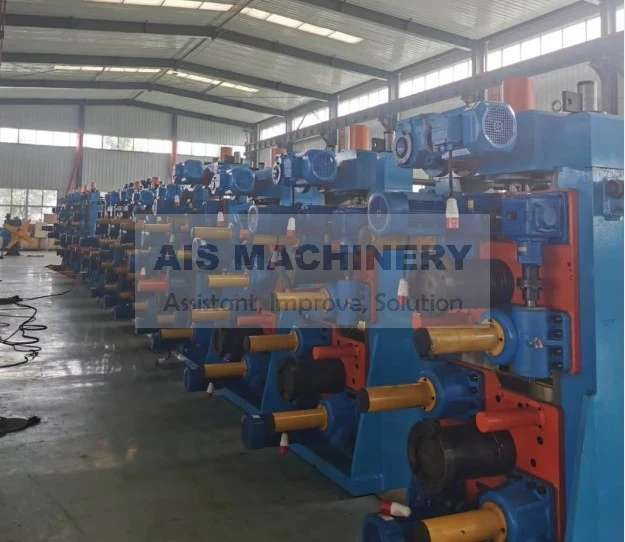-
 Tel:86-15176910262
Tel:86-15176910262
-

Search
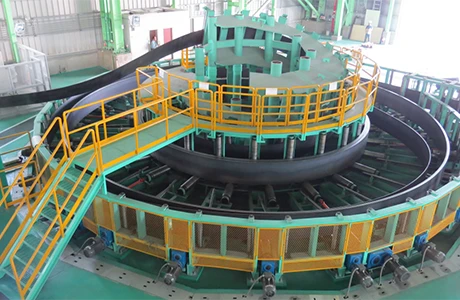
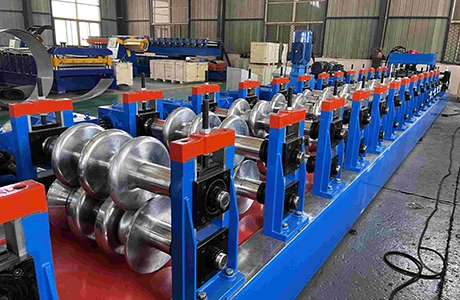
DFT Direct Square Forming Tube Mill
The direct-to-square forming method is an advanced manufacturing process in ERW tube production. Unlike the traditional round-to-square approach, this method forms square or rectangular tubes directly from flat steel strip—eliminating the intermediate round tube step. The result is a more efficient production route with shorter forming paths and higher throughput.
A major advantage of this system is the use of a universal set of forming rolls capable of producing various square and rectangular tube sizes. This eliminates the need for frequent mold changes, saving both tooling costs and changeover time. Operators can simply adjust roll positions and guide systems to switch between sizes, making it ideal for flexible, multi-size production lines.
Advanced Technology That Solves Real-World Challenges
Our equipment is engineered with the latest automation and digital technologies to support smarter manufacturing:
Servo-controlled width and height adjustment for fast, precise setup
Industrial-grade PLC control systems for accurate tube dimensioning
High-frequency welding with closed-loop monitoring ensures stable, high-quality welds
Servo flying cutoff system for continuous cutting without halting production
Optional integration with automatic stacking, online diameter measurement, and weld seam tracking
Comprehensive technical support, including remote diagnostics, on-site commissioning, and operator training to help clients ramp up quickly
Wide Range of Applications
Tubes produced through direct-to-square forming are ideal for a variety of structural and industrial uses:
Steel building frames and supports
Solar panel mounting systems and scaffolding
Furniture and shelving systems
Cable trays and rail transit components
Agricultural machinery and automotive frame structures
This method is especially suited for applications that demand precise corners, clean edges, and consistent cross-section dimensions.
Daily Maintenance Tips
To ensure long-term reliability and consistent product quality, we recommend the following maintenance practices:
Clean all forming and sizing rollers daily to remove debris or residue
Regularly verify size calibration to prevent dimensional drift
Lubricate key bearings and sliding components on schedule
Monitor weld alignment—accurate centering ensures symmetrical forming
Inspect rolls, bearings, and guiding elements for wear and replace when needed
Check and calibrate automation components such as sensors, PLCs, and servo motors
Maintain a production log to track performance and fine-tune parameters as needed
Send a Message
Dear customer, thank you for your attention! We provide high-quality machinery and equipment and look forward to your orders. Please inform us of your needs and we will respond quickly!

